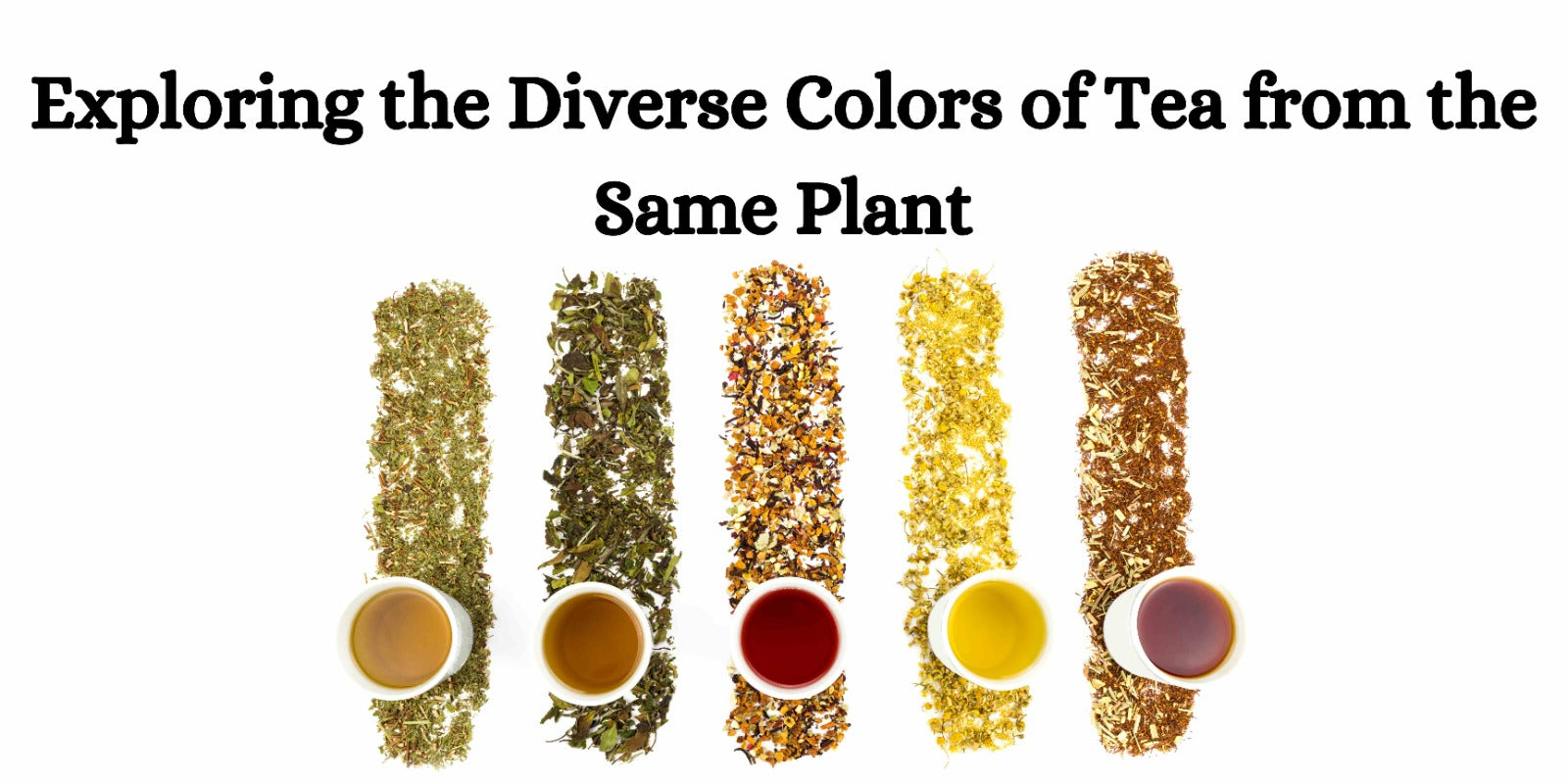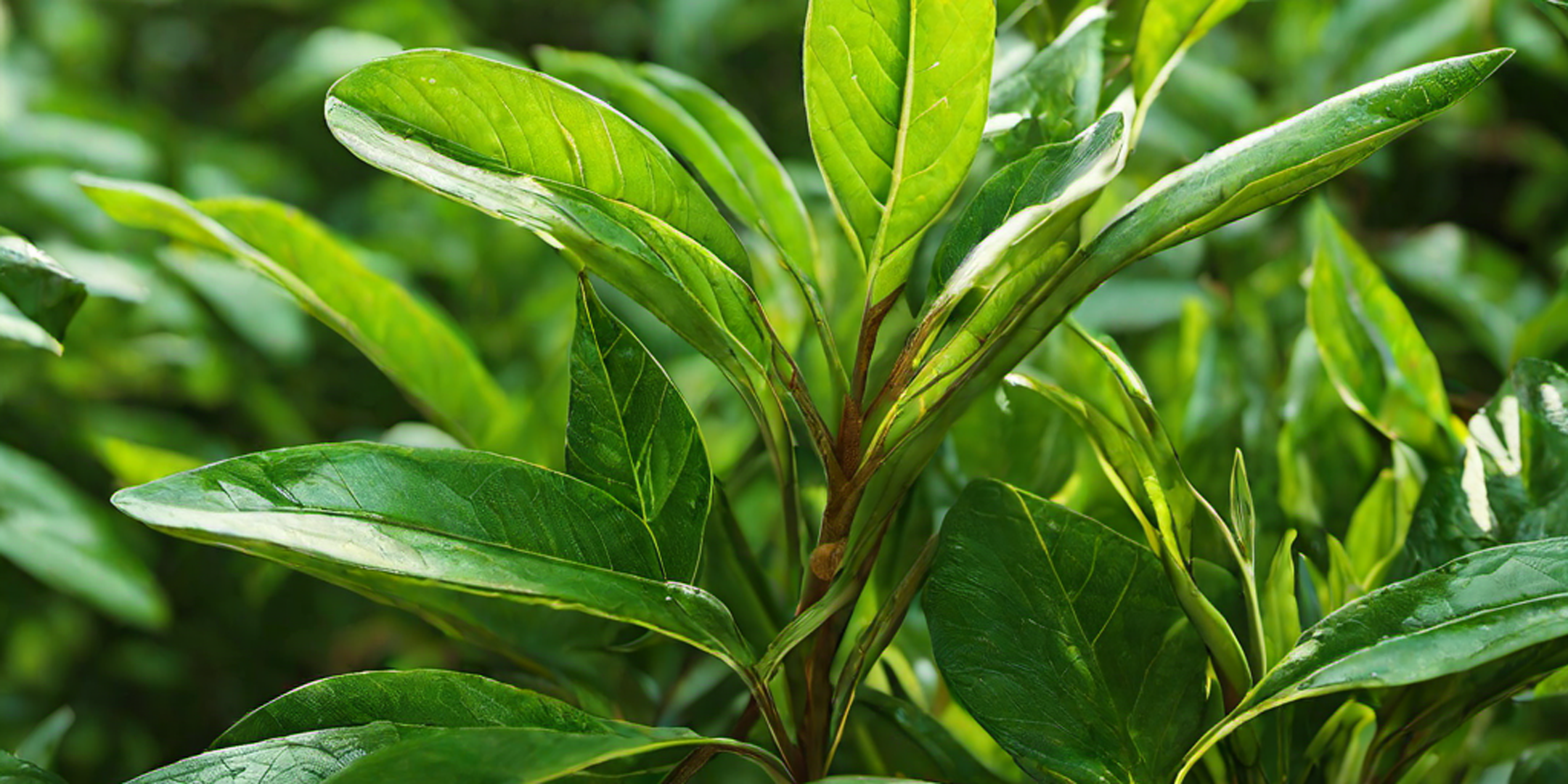For centuries, chai has been an essential part of Indian culture—a warm, spiced tea that brings comfort, connection, and energy. But in recent years, this traditional beverage has gained massive popularity in the West. From small tea shops to major coffee chains, chai has found its place in the global market, winning hearts with its unique blend of flavors.
How did a drink rooted in Indian traditions make its way across the world? Let’s explore the journey of chai, how it became a global sensation, and why people everywhere are falling in love with this aromatic tea.
What is Chai?
In India, "chai" simply means tea. However, the version that has gained international fame is masala chai—a spiced tea made with black tea, milk, sugar, and a blend of spices like cardamom, cinnamon, cloves, ginger, and black pepper.
Masala chai is not just a drink; it’s a cultural experience. It is brewed in homes, sold at roadside stalls (chaiwalas), and shared among friends and family. Each region and household has its own version, making chai deeply personal and diverse.
How Did Chai Become Popular in the West?
1. The Indian Diaspora Spread the Tradition
As Indian immigrants moved to different parts of the world, they carried their love for chai with them. Whether in the UK, the US, or Canada, Indian families continued their tea traditions, introducing their new communities to the flavors of masala chai.
2. Chai Entered Coffee Shops and Tea Houses
The rise of specialty coffee and tea shops in the 1990s and early 2000s played a huge role in chai’s global popularity. Major coffee chains like Starbucks and local cafes began offering chai lattes, a creamy and slightly sweet adaptation of masala chai.
People looking for a warm, flavorful alternative to coffee quickly embraced this new drink. The term "chai latte" became popular in Western culture, though many traditional chai lovers argue that true masala chai is very different from the Westernized version.
3. The Rise of Wellness Trends
With growing awareness of holistic health and wellness, chai has gained attention for its ayurvedic benefits. The spices in chai are known to aid digestion, boost immunity, and improve overall well-being. Health-conscious consumers in the West started seeing chai as a nourishing, flavorful, and healthy alternative to sugary drinks.
4. Social Media and the Internet
Food bloggers, influencers, and tea enthusiasts have helped chai gain even more popularity. YouTube tutorials, Instagram reels, and TikTok videos show different ways to prepare chai, making it accessible to people who want to try making it at home.
Chai Variations Around the World
As chai has spread globally, people have adapted it to suit their tastes. Here are some popular chai variations:
✅ Chai Latte (Western version) – A frothy, milk-heavy adaptation often made with chai concentrate and flavored syrups.
✅ Turmeric Chai (Golden Milk Chai) – A Western twist that incorporates turmeric for its health benefits.
✅ Iced Chai – A refreshing version where masala chai is cooled and served over ice.
✅ Dirty Chai – A mix of chai and espresso, giving a caffeine boost with spicy flavors.
While these versions are not exactly the same as traditional masala chai, they show how the drink has evolved and adapted to different cultures.
Why is Chai So Loved?
🔸 Rich and Comforting Flavor – The mix of black tea, milk, and warm spices creates a bold and soothing taste.
🔸 Cultural Experience – Drinking chai is more than just having tea; it’s about connection, relaxation, and tradition.
🔸 Health Benefits – The spices in chai, like ginger and cardamom, support digestion, immunity, and overall wellness.
🔸 Versatile & Customizable – Chai can be made strong or mild, with or without milk, sweetened or unsweetened—making it suitable for everyone’s taste.
Bringing Chai Home: How to Make Authentic Masala Chai
If you want to experience authentic Indian chai, try this simple recipe:
Ingredients:
✔ 1 cup water
✔ 1 cup milk (or plant-based alternative)
✔ 2 teaspoons black tea leaves (Assam or Darjeeling)
✔ 2-3 crushed cardamom pods
✔ 1 cinnamon stick
✔ 2-3 cloves
✔ 1 small piece of fresh ginger (grated)
✔ 1-2 teaspoons sugar (optional)
Steps:
1️⃣ Boil water with ginger, cinnamon, cloves, and cardamom for 2-3 minutes.
2️⃣ Add black tea leaves and let it simmer for another 2 minutes.
3️⃣ Pour in milk and bring to a gentle boil.
4️⃣ Add sugar to taste and stir well.
5️⃣ Strain and serve hot.
Enjoy your homemade chai just like it’s served in India!
The Future of Chai in the West
The love for chai is only growing. More specialty tea brands are offering high-quality masala chai blends. Vegan chai options are becoming popular, and people are experimenting with new flavors by adding vanilla, nutmeg, or even chocolate.
Despite its modern adaptations, chai remains deeply rooted in Indian tradition. Whether enjoyed at a café in New York or a tea stall in Mumbai, chai continues to bring people together, offering a warm, flavorful hug in a cup.
So, the next time you sip on a chai latte or a homemade masala chai, remember—you are enjoying a drink with centuries of history and a journey that spans continents.
Would you like to try authentic chai? Explore Uphaar Tea’s collection and bring the rich tradition of chai to your home!




